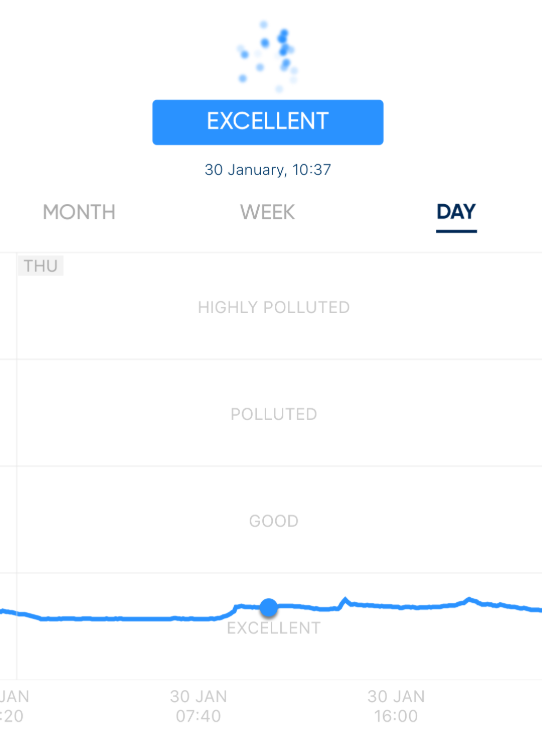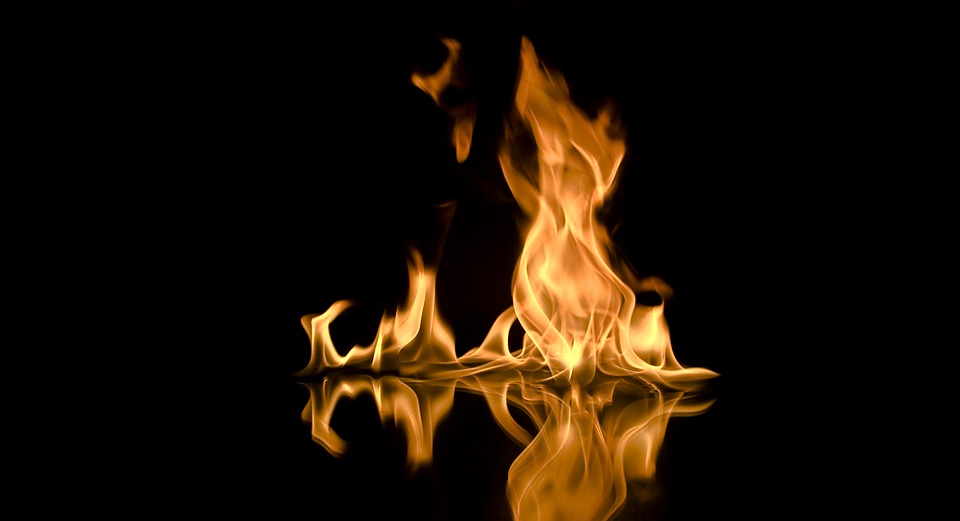Research highlights how log burning stoves triple harmful indoor air pollution
The use of wood as a heating fuel provides CO2 reduction benefits when compared to fossil fuels due to wood being a renewable fuel.
But despite wood heating being recognised as part of the solution to reducing the worlds use of fossil fuels and thus reducing greenhouse gases; burning wood in the form of logs in traditional wood stoves has been found to produce harmful indoor air pollutants such as particles and volatile organic compounds.
The problem is that to operate a wood log stove, the door needs to be opened to refuel the stove, and this causes unburnt gases and particles to enter the home. Exposure to wood smoke can cause a range of ailments, many with the potential to contribute towards or lead to fatality including respiratory illness, and decreased lung function.
In 2020 researchers from Sheffield and Nottingham University (1) analysed the levels of pollutants that were emitted from log burning stoves into homes. The findings that pollution levels inside the home raised up to 195 micrograms per cubic meter of air and this is compared to a World Health Organisation limit of 25 micrograms per cubic meter of air.
The findings show that burning wood in a log stove produces peaks of pollutants that ‘flood’ into the home making air quality 3 times worse.
What can be done to maintain healthy indoor air quality and enjoy a real wood fire?
We have recognised for a long time that there has been an issue with wood burning emissions that impact local and indoor air quality.
At Island Pellet Stoves we have taken on the challenge in our Lundy design – we have strived for high efficiency and low emissions to minimise the impact on the quality of air in our neighbourhoods but we have also gone further and focused on internal air quality in our design.
One key area of the benefit from wood pellet stoves is that the fuel is automatically fed into the device which eliminates the requirement to open the stove door while the wood is burning.
The next step for us is the concentric / balanced flue which is a big step forward as this means there is no open path between the burning chamber and the room air. As well as pre-heating of the incoming air which results in improved efficiency it also means there is no way any gases or particulates can exit the stove and into the room. Our Lundy stove is fully sealed from the internal air.
Why is this so important?
As our homes become more sealed to conserve heat our internal air quality has been affected with cases of worse air quality inside our homes than outside.
We have also been monitoring inside air quality when our stove is operating. We have not yet gone through the same robust research conditions that were carried out by the Researchers (1).
However, we have run air quality monitors in homes that are heated with our Lundy pellet stoves and we have found pretty clear evidence that our fully sealed design has not caused peaks or flooding of pollutants into the home.
An example of the results of our tests on internal air quality while the Lundy stove is heating a home is shown below; the monitoring starts without the stove running and then starts and runs the stove for 4 hours before being turned off. No noticeable (2) difference from background levels of particulate and VOC’s were detected.

We understand that if the same air quality monitor was placed in the homes tested by the Researchers1 the wood log stoves would have emitted levels of pollutants which would have risen to the ‘highly polluted’ band.
We plan to conduct more detailed research in future to prove the indoor air quality benefits of changing from a log stove to a wood pellet stove. Meanwhile, please get in touch if you have any questions about wood stoves and air quality.
(1) ‘Indoor Air Pollution from Residential Stoves: Examining the Flooding of Particulate Matter into Homes during Real-World Use’ Rohit Chakraborty, Atmosphere 2020
(2) background levels move up and down with normal home activity but we avoided any cooking or cleaning activities while testing air quality with stove running.

